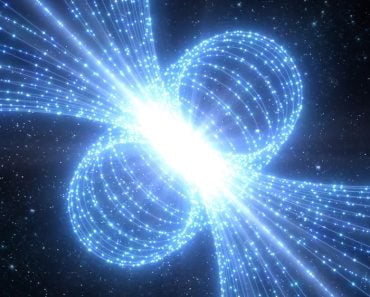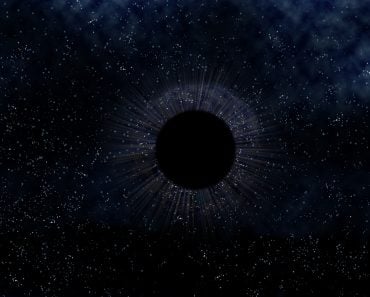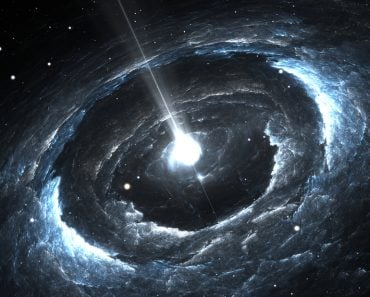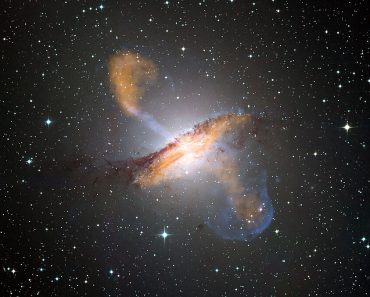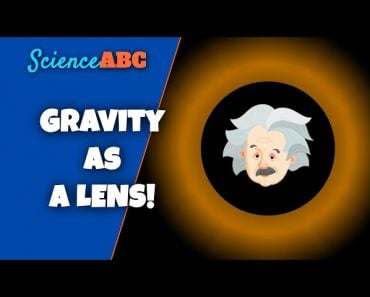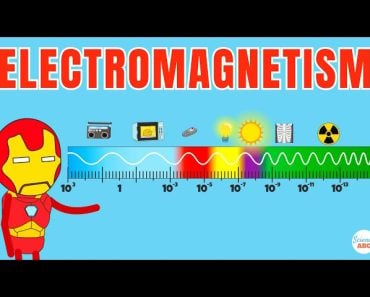Table of Contents (click to expand)
Tools and methods like Radio astronomy and spectroscopy have been aiding scientists in studying the “hidden” magnetic fields around stars.
In the cosmos, magnetic fields—although not visible through telescopes—play a crucial role, influencing celestial bodies ranging from stars and planets to entire galaxies. These magnetic forces remain hidden from direct view, which is a challenge for astronomers, as studying them becomes more difficult, particularly in proximity to stars. To tackle this, astronomers employ scientific tools involving charged particles, polarized light, and radio astronomy.
Magnetic fields exist throughout the universe, surrounding objects like planets, stars and galaxies. Unlike stars that shine brightly or galaxies that form beautiful patterns, magnetic fields don’t give off visible light. This scientific puzzle means that astronomers must use practical methods to understand these hidden magnetic forces.
Recommended Video for you:
Radio Waves
Radio waves, a form of electromagnetic radiation, share characteristics with visible light, but possess longer wavelengths and lower frequencies. These attributes make radio waves well-suited for navigating the vast expanses of space and penetrating even the densest cosmic clouds.
Unlike visible light, which can be scattered or absorbed by interstellar dust and gas, radio waves can travel through these grains of dust and clouds. Astronomers study these gases in radio wavelengths to understand the role of dust in various astrophysical phenomena.
Charged Particles And Magnetic Fields
While magnetic fields themselves can’t be seen directly, they have a big impact on how charged particles behave in space. This interaction between magnetic fields and charged particles gives scientists a useful way to study them.

Think about the auroras on Earth—those beautiful lights you can often see in the polar regions. They happen when charged particles from the Sun’s solar wind interact with Earth’s magnetic field. These particles follow the lines of this magnetic field and sometimes crash into gases in our atmosphere. When this happens, they produce both visible light (what we see as the aurora) and radio light, which we can’t see, but can detect with special instruments. These lights show us how magnetic fields work.
Similarly, magnetic fields around stars and other cosmic objects can capture charged particles, which then emit light as they move along these magnetic pathways. This is called synchrotron radiation, and it occurs when charged particles, under the influence of strong magnetic fields, speed up a lot. As they follow the magnetic field lines, they emit radiation across different wavelengths, including radio waves.
Spectroscopy Of Stars Combined With The Zeeman Effect
Spectroscopy is a technique that dissects light into its constituent colors or wavelengths, utilizing a fundamental approach to study celestial bodies. Astronomers capture light emitted by a star and subject it to a prism or diffraction grating, generating a spectrum. Within this spectrum, scientists study specific spectral lines influenced by the Zeeman effect in the presence of a magnetic field. The displacement and splitting of these lines yield critical insights into the magnetic field’s strength and orientation.

In the 19th century, Dutch physicist Pieter Zeeman observed that when an atom’s electrons transition between energy levels in the presence of a magnetic field, the spectral lines produced by the atom split into multiple components. This phenomenon was later termed the Zeeman effect. When applied to the study of stars, it enables astronomers to detect the presence and measure the strength of magnetic fields.
Mapping Magnetic Fields In Galaxies
While studying individual stars and black holes is fascinating, radio astronomy lets scientists look at whole galaxies and the vast areas of space they fill. In our Milky Way galaxy, magnetic fields extend into the space between stars, which is full of ionized gas and dust.
Ionized gas, even though it doesn’t give off much light on its own, has an interesting property when it interacts with polarized light. As polarized light from sources like pulsars passes through ionized gas, its direction changes. We call this Faraday rotation, and how much it changes depends on the frequency of the light and how much ionized gas is present.
By studying the changes in polarized light from pulsars at different frequencies, scientists can make maps that show where the ionized gas is found in our galaxy. Since ionized gas tends to align with magnetic field lines, this helps us map the galactic magnetic field.

We can even measure the magnetic fields of galaxies billions of light-years away. For instance, the Atacama Large Millimeter/submillimeter Array (ALMA) recently measured the magnetic field of a galaxy so far away that its light had already traveled for 11 billion years to reach us. This galaxy has a lot of dust, and the light it reflects and emits is polarized, following the direction of dust grains. Since dust grains often line up with magnetic field lines, astronomers can use this to map the magnetic field of galaxies in even the farthest parts of the universe.
A Final Word
The things we can’t see in space are the very things that help us understand the universe better. From the mysteries of dark matter and dark energy to the hidden secrets of black holes and the unseen magnetic fields around stars and galaxies, radio astronomy is a powerful tool for uncovering the hidden truths of the universe.
By using charged particles, synchrotron radiation, and polarized light, astronomers are able to explore the complex world of cosmic magnetism. They decode the magnetic signals of stars, track how magnetic fields change in galaxies, and look back in time to study ancient galaxies. As radio astronomy advances, we’re systematically solving the mysteries of magnetic fields around stars, giving us a practical understanding of the universe’s tucked-away treasures.

